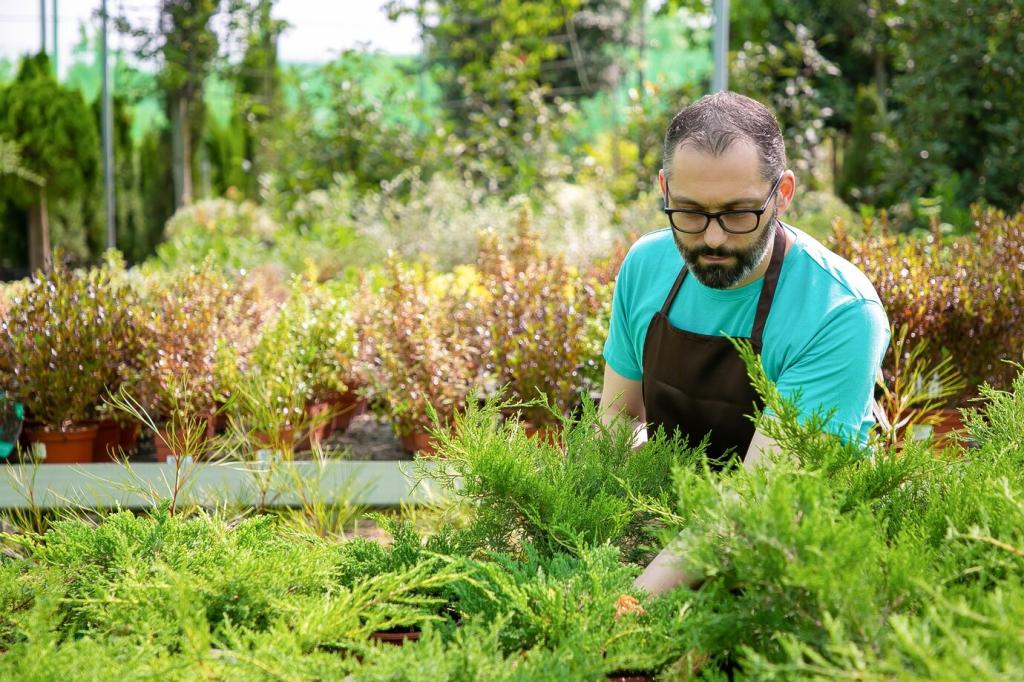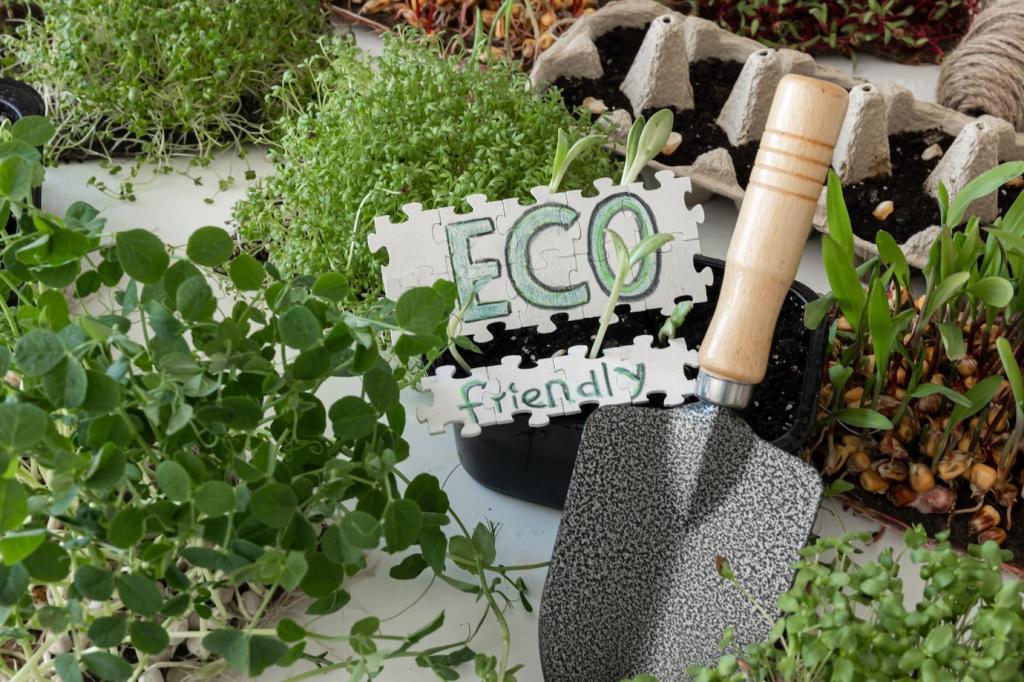Eco-Friendly Paving Solutions for Outdoor Spaces: Build Beauty That Breathes
Chosen theme: Eco-Friendly Paving Solutions for Outdoor Spaces. Welcome to a place where resilient materials, smart water management, and nature-first design create outdoor areas that stay cooler, drain better, and uplift daily life. Explore ideas, learn from real stories, and join us by subscribing and sharing your projects.
Cutting Heat Islands and Carbon
Traditional pavements soak up heat and radiate it back at night, stressing plants and people alike. Eco-friendly paving uses lighter colors, reflective surfaces, and low-carbon binders to temper urban heat. Tell us where your yard feels hottest, and we’ll help you plan cooler zones that still look stunning.
Let Rain Soak In, Not Run Off
Permeable systems invite stormwater to infiltrate, recharge groundwater, and relieve overloaded drains. By pairing open-graded bases with porous surfaces, you turn downpours into gentle, useful hydration for soil life. Notice where puddles form after storms, then comment with your observations to guide your first improvements.
Healthy Landscapes, Happy People
Softer edges, planted joints, and breathable bases nurture roots, insects, and soil microbes while making spaces more welcoming. Eco-friendly paving boosts biodiversity and comfort, encouraging neighbors to linger and children to explore. Share how outdoor time shapes your mood, and subscribe for weekly tips that grow well-being.
Materials That Respect the Planet
Crushed concrete and recycled glass can replace virgin stone in bases and bedding layers without sacrificing strength. They trim landfill waste and embodied carbon while adding subtle sparkle underfoot. Ask your supplier about certifications and local availability, then share your quotes to help others compare sustainably.
Materials That Respect the Planet
Interlocking permeable pavers, porous asphalt, and resin-bound gravels allow water to pass through, storing it in an engineered base. Look for UV-stable, low-VOC resins and plan seasonal vacuuming to keep pores open. Comment with your climate zone so we can suggest a system that handles your rainfall patterns.


Patterns With Purpose
Choose patterns that handle loads and channel water wisely. Herringbone interlocks for stability on driveways, while staggered joints and gravel bands create invisible drainage skims. Subtle cross-slopes and curb cuts usher rain into planting beds. Share a sketch of your layout, and we’ll suggest efficient, beautiful tweaks.
Green Edges and Root-Friendly Layouts
Leave generous root zones around trees, use load-distribution cells where vehicles cross, and keep heavy compaction away from trunks. Vegetated borders cool surfaces, catch sediment, and add habitat. Tell us which plants thrive in your shade or sun, and we’ll recommend joint species that complement your palette.
Color, Texture, and Light
High-albedo tones reflect sunlight, easing heat stress, while textured finishes tame glare and improve footing when wet. Mix smooth navigational strips with tactile cues for universal access. Post a photo of your site’s light conditions, and subscribe for a guide to choosing colors that stay cool and inviting.



Installation and Maintenance That Last
Excavate to the right depth, protect subsoils with a geotextile, and use open-graded aggregate to create storage and structural strength. Compact in thin lifts while preserving pore space for infiltration. Test your soil’s percolation rate, then share results so others can learn from your site conditions.
Installation and Maintenance That Last
Swap solvent-heavy sealers for breathable, low-VOC finishes. Consider bio-based jointing compounds or vegetated joints that flex and self-heal. Avoid overfilling joints, which blocks water and traps heat. If you have questions about joint stability in your climate, drop them in the comments for tailored guidance.
Maya replaced cracked concrete with permeable pavers and a rain garden receiving overflow. After the first storm, no puddles remained, and the evening air felt cooler. She measured a five-degree surface temperature drop. Share your before-and-after photos, and tell us which detail surprised you most during installation.

Audit Your Space Today
Grab a level or straight board, track puddle spots after rain, note sun and shade, and test soil drainage with a simple percolation hole. Post your findings in the comments, and subscribe to receive our printable audit checklist and a starter materials glossary tailored for beginners.
Start Small and Learn Fast
Pilot a permeable path segment or a resin-bound landing before committing to a full yard. You will refine base depths, joint choices, and edge details with less risk. Share what worked, what didn’t, and which tool you loved; your notes will help the next reader succeed.
Join the Conversation
Ask questions, trade local supplier tips, and celebrate progress photos. Subscribe for our newsletter featuring seasonal reminders, new material spotlights, and step-by-step case studies. Your voice helps shape future topics on eco-friendly paving, from advanced stormwater design to low-carbon material innovations that keep evolving.
